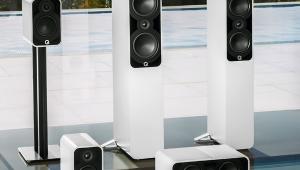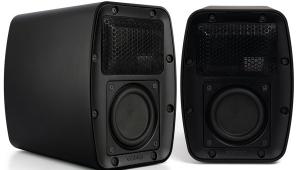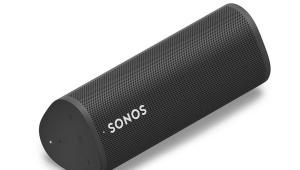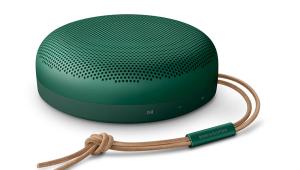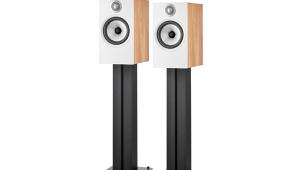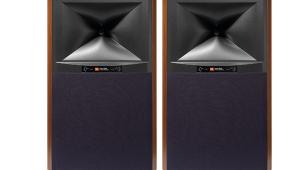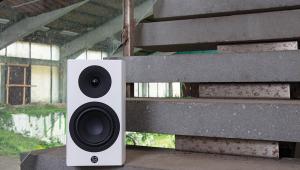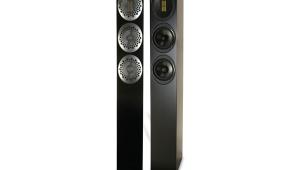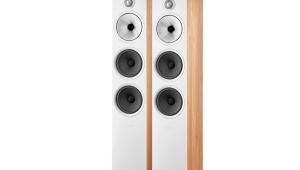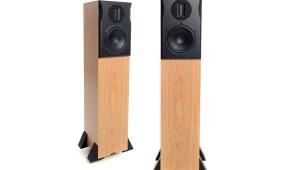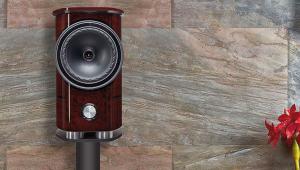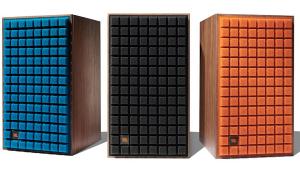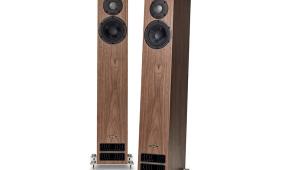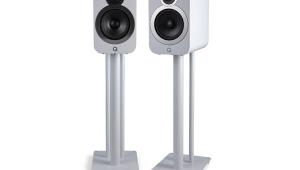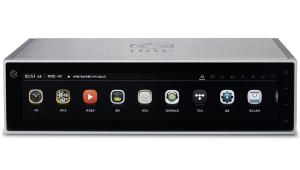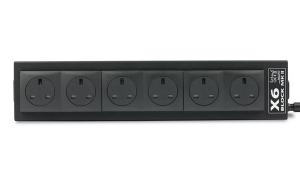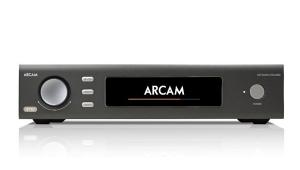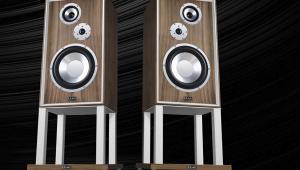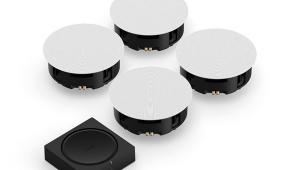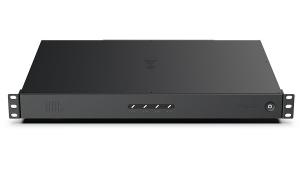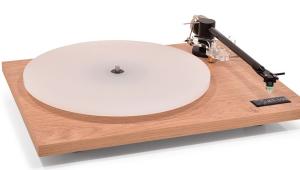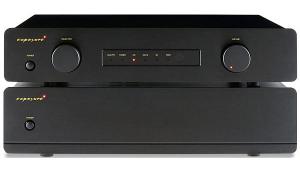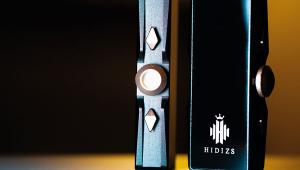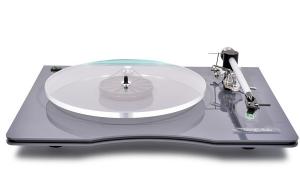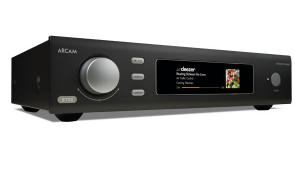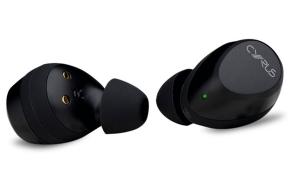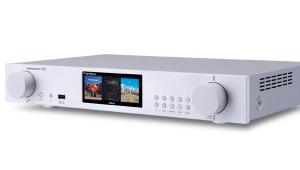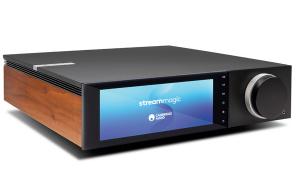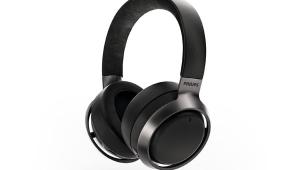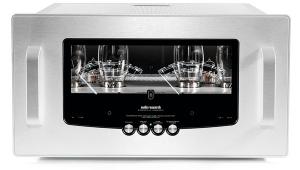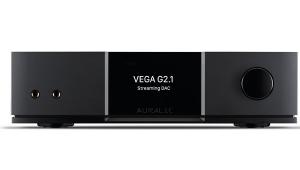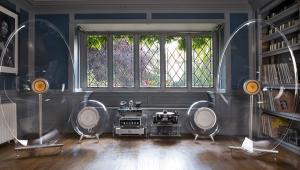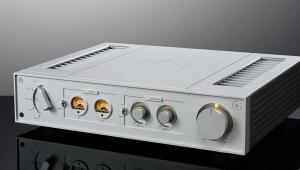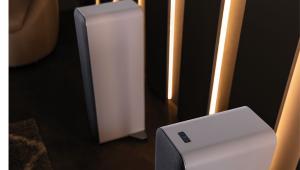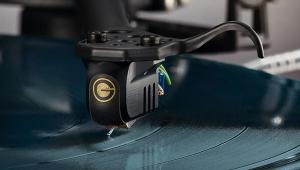Wharfedale Diamond 11.3
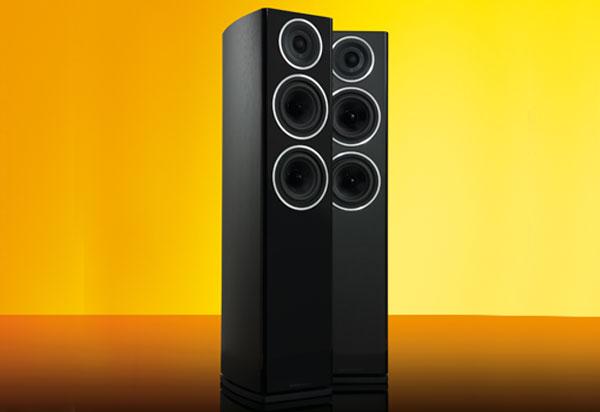
 A quick recap: back in 1981, Wharfedale single handedly reinvented the budget standmount speaker. What it made was loveably dinky, affordable and sounded great. It was called the Diamond and the rest... Well, it’s a history that has helped inform the evolution of high-performance, low-cost speakers over nearly four decades, successive generations of Diamond setting standards by example.
A quick recap: back in 1981, Wharfedale single handedly reinvented the budget standmount speaker. What it made was loveably dinky, affordable and sounded great. It was called the Diamond and the rest... Well, it’s a history that has helped inform the evolution of high-performance, low-cost speakers over nearly four decades, successive generations of Diamond setting standards by example.
Now in its 11th iteration and, having already reviewed the Diamond 11.1 and 11.2 standmounts (HFC 429 and 430 respectively), the 11.3 marks the transition to floorstander. It’s the smallest of three models, thus mirroring the three standmounts in the range with the 11.0 the closest in size to the original Diamond.
Naturally, the latest incarnation seeks to push the bar still higher, both in terms of build and sound. As such, it’s a remarkably thorough revision with plenty of fresh thinking, though the curved cabinet walls, first seen in the Diamond 9 and 10 ranges – squared off for the most recent 100/200 series – are back by popular demand. And not just because they look classy. The non-boxy shape is a proven remedy for breaking up undesirable standing waves inside the cabinet. But Wharfedale takes things a couple of stages further using a critically braced, fibre-lined multi-layer sandwich of woods of differing density to subdue cabinet colouration and so let the drive units work without panel vibrations and resonances joining in.
Doubled up for the 11.3 tower’s 2.5-way configuration, the 130mm Kevlar weave-coned mid/bass driver features a ribbed basket for extra rigidity and leaves a large open area behind the cone to reduce early reflections while the large ceramic magnet assembly is designed to improve sensitivity and bass control. A new lightweight foam surround, in conjunction with a long-throw voice coil motor system, is claimed to deliver “unparalleled linearity and accuracy” in this price bracket. More common in much pricier designs, the 25mm textile dome tweeter uses an over-sized ceramic magnet system with copper cap for flux control and has a vented pole piece and rear chamber, damped with a fibre filling.
Rounding things off are a redesigned crossover and an improved version of Wharfedale’s ‘anti-chuffing’ slot-loaded distributed port, which was first seen on the Diamond 100/200 back in 2012. Both ends have been profiled with a ‘semi-parabolic entry and exit curve’ that’s said to make the airflow more linear, allowing a greater volume of air in the slot-loaded system with further improvement in bass performance the result.
The Diamond 11.3 is slightly more sensitive than its 11.2 standmount sibling rated at 90dB/1W/1m, has a claimed frequency response reaching down to 44Hz rather than 48Hz and a recommended maximum amp power output from 25W to 150W.
Two things immediately impress: a substantial weight and solidity to the build and a fine standard of finish. The key-coloured piano gloss baffle of the black wood supplied sample is an especially classy touch (matt white, walnut and rosewood finishes are also available). The supplied spiked cones are nicely engineered and screw into the base of the cabinets, ensuring stability without the need for a plinth or outrigger feet, and the bi-wire binding posts are of an equally high standard. The likes of Monitor Audio and KEF set the bar high in matters of build, finish and fittings, but the Diamond 11.3 compares favourably in all areas and has nothing to fear from its rivals.
Sound quality
As with the standmount Diamond 11.1 and 11.2 that I’ve previously reviewed, the 11.3 is treated to a conspicuously high-value, high-achieving system consisting of a Cambridge CXC CD transport (HFC 401) and Chord Electronics Hugo 2 DAC (HFC 428) front end with Emotiva’s muscular and grippy BasX PT-100/A-300 pre-power amp combo (HFC 429) doing the driving.
It’s clear from the outset that the 11.3, like its standmount stablemates, has midband transparency that’s a little out of the ordinary for a speaker at this price, which means vocals are handled with a clarity and tonal accuracy that’s striking. In this respect, it takes advantage of the Hugo 2’s vanishingly low distortion and powers of resolution and makes a good case for staying put if bought as part of a budget setup while the electronics are upgraded. Yes, there’s more bass weight and extension as you’d expect, but crucially it doesn’t muddy the mid frequencies and, in my smaller listening room at least, articulation and agility are best served with the speaker pulled about a metre away from the walls.
Take Norway’s young songstress Sigrid. The vivacious energy of her voice on one of 2017’s most extraordinary singles, Don’t Kill My Vibe taken from the album Sucker Punch, has a lovely crystalline purity while the complex, effects-laden production is layered, punchy and remarkably vast considering the modest stature of the speaker. The Diamond 11.3’s smooth and tuneful bass and slightly rich tonality gels with the track’s varied tonal palette. Although inevitably less well endowed than larger, more expensive designs, it makes a fine fist of the track’s wide dynamic swings, too.
Just as importantly, the Wharfedale is responsive and adaptable and so completely unfazed by the very different challenges posed by Paul Weller’s live orchestral outing at the Royal Albert Hall, Other Aspects. Despite the considerable instrumental horsepower on tap, the tunes here are mostly slow and tender, with emotional ebb and flow, but also dripping with key ambient cues. The Diamond 11.3’s ability to resolve fine detail and spatial information conjures up believable soundscapes that brings the atmosphere of the venue to life.
The presentation carries plenty of presence but not of the hyped kind, detail meshing effortlessly into the larger sonic picture without any ‘hot spots’ to artificially enliven proceedings. That said, the Diamond 11.3 is unfailingly organised, punctual and tightly focused. It keeps things crisp and orderly, presenting the solid and spacious as a coherent whole with the full spectrum of tonal colours and nicely resolved instrumental timbres.
Simpler tunes recorded in the studio are handled with the same easy authority and impeccable even handedness. Boz Scaggs’ distinctive nasality isn’t so distinctive that it detracts from the music on his 1971 cut, Runnin’ Blue – not always the case. And yet Michael McDonald’s famously muffled diction, arguably at its least intelligible on the track Honest Emotion from his 2017 album Wide Open, is actually easier to decipher than it is on some rivals, which has to be a bonus. This combination of clarity and natural-sounding balance is evident time and again and a very likeable attribute.
Conclusion
The Wharfedale Diamond 11.3 is a compact, well-made floorstander that has a deft, insightful touch with any genre you care to feed it and knows where to draw the line to prioritise musical enjoyment over hi-fi histrionics. These are very grown up assets you usually pay a lot more for. It delivers music in a tangible, coherent way with fine drive and rhythmic integrity. And although subtlety is an undoubted strong suit, it isn’t achieved at the expense of scale and body. Also exceptional for what is essentially a budget speaker is the way it backs up these qualities with poise and control that’s seldom found wanting, even when pushed to high volumes by a muscular power amp like the Emotiva. In every respect, it exhibits sonic skills that are quite remarkable for the money. DV
DETAILS
Product: Wharfedale Diamond 11.3
Price: £599
Origin: UK/China
Type: 2.5-way floorstanding loudspeaker
Weight: 15kg
Dimensions: (WxHxD) 194 x 875 x 285mm
FEATURES
● 1x 25mm textile dome tweeter
● Inputs: 2x 130mm woven Kevlar mid/bass drivers
● Quoted sensitivity: 90dB/1W/1m
 |
Inside this month's issue: Neat Acoustic Mystique Classic floor standing loudspeaker, Austrian Audio The Composer headphone, T+A PSD 3100HV network-attached DAC/preamp, Audio-Technica AT-SB727 Soundburger portable turntable, a preamplifier Group Test and much, much more...
|
